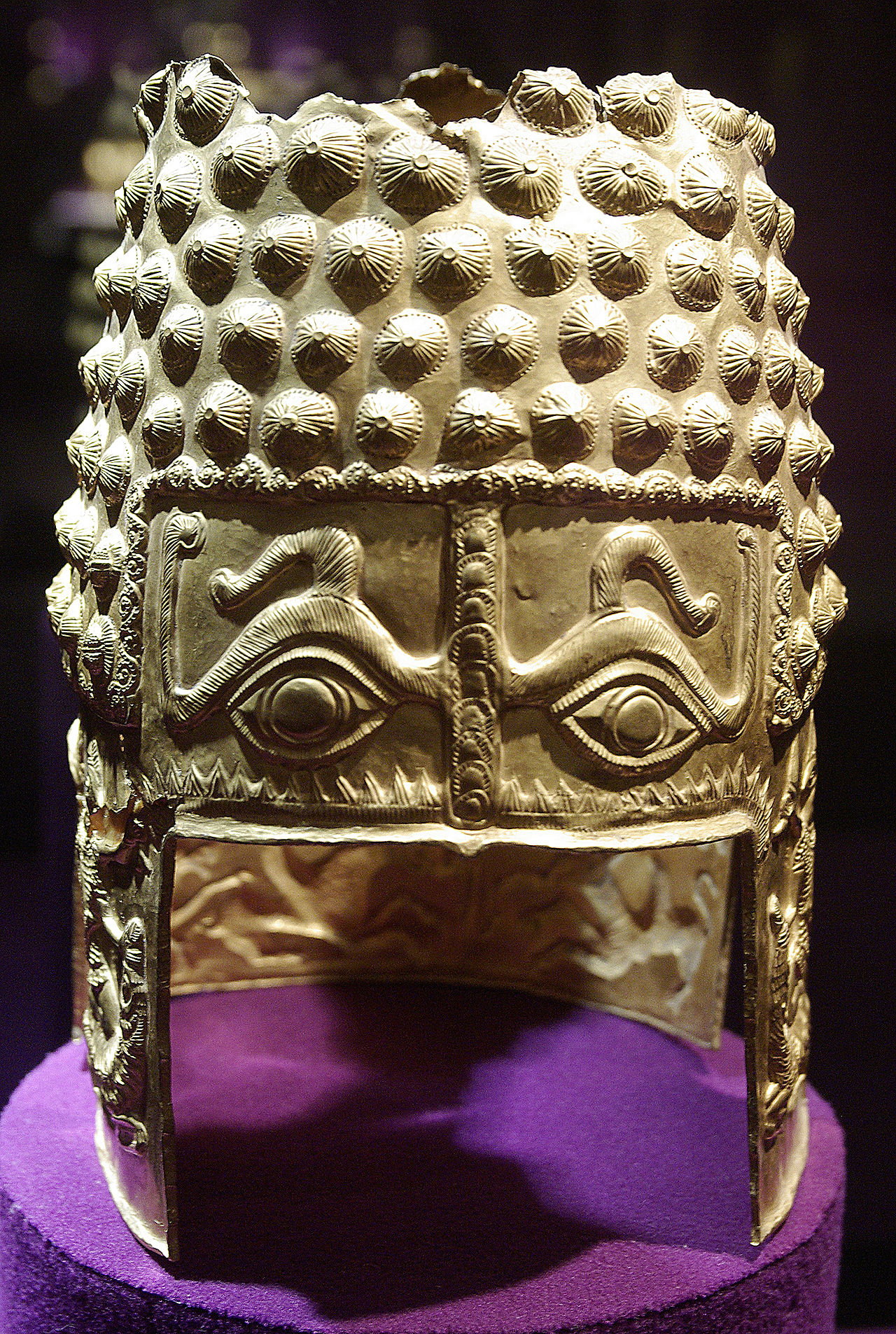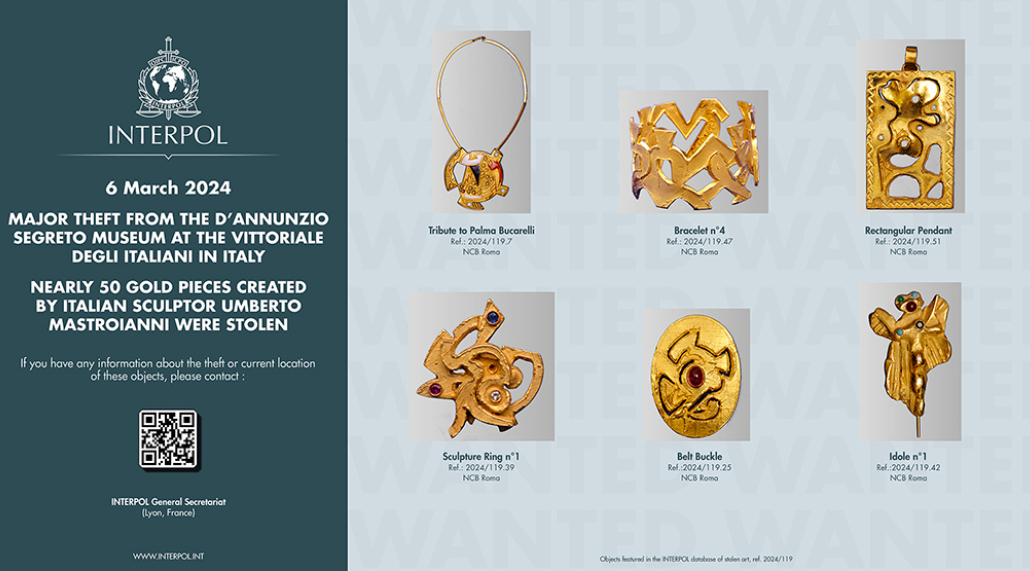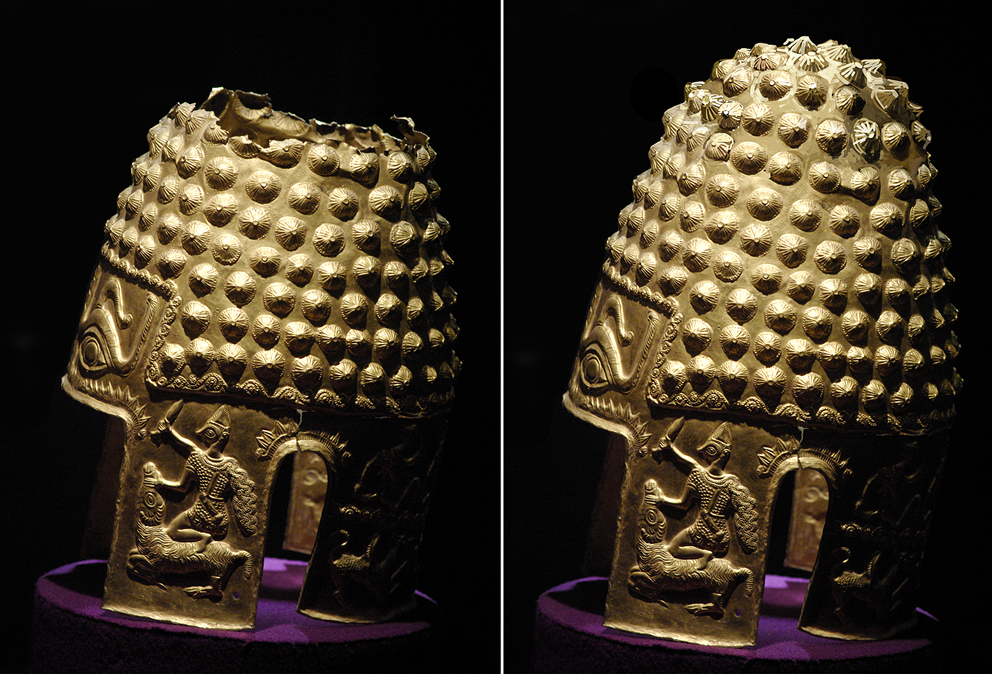Overnight on January 25 and into January 26, 2025, thieves used explosives to blast their way into the Drents Museum of Assen in The Netherlands, and stole four Dacian gold archeological treasures which were on loan from the National History Museum of Romania in Bucharest. The criminals used dynamite to blast open a door and pulled off this heist within three minutes. The police received a call reporting the explosion at 03:45 on Jan 26.
The exhibition at the Drents Museum was titled Dacia- Empire of Gold and Silver and included 673 artifacts made of precious metals. The stolen antiquities that the thieves made off with that evening were examples of Dacian superiority in goldwork and were of great cultural importance to Romania, including the gold Helmet of Cotofenesti from 450 B.C., and three Dacian bracelets from circa 50 B.C. The stolen items are estimated to be valued at EUR 5.8 million and the Drents Museum insured the entire exhibit for EUR 30 million.
Human guards were not on duty that evening. It is becoming more common in museums in both Europe and North America to only utilize human manpower during open hours and to rely on electronic security systems and surveillance during closed hours of operation. Experts are concerned that these items will be hard to recover and may be melted down by the thieves and sold for the price of the precious metal since the artifacts are notorious and will be hard to sell on a black market.

The Cotofenesti Helmet, 450 B.C., was a Thracian Iron Age masterpiece that was invaluable to Romania and is considered priceless (Archeologists believe it was created by an artisan belonging to the Geto-Dacian tribe due to the designs used to decorate the helmet). It was extremely well preserved and was inspired by a fusion of the cultures that collided in the Balkan Peninsula over centuries such as Corinthian, Chalcidian, and Assyrian. The helmet depicted images of Getic Mythology with many mythical creatures, such as the sacrifice of a ram by a man who is cutting its throat with a knife, and apotropaic eyes that protected the warrior wearing it on the battlefield from the enemy’s evil eye. The neck guard depicts two ferocious sphinxlike beasts that have human faces and animal bodies with tails (these are common in Assyrian armor decoration). This gold helmet weighs 2.2 lbs. Instead of just a piece of protective battle armor, experts believe this helmet was more important for its totality of protection, including spiritual. It is believed that the owner was of high social standing, possibly a king in the Geto-Dacian tribe.
The exquisite bracelets that were stolen were from a group of bracelets that Romanian law enforcement recovered from looters that sold them on the black market back in the 1990s.
The Dacian-Thracian peoples evolved out of Getic civilization. The Dacians inhabited the area west of the Black Sea in what is today Romania. The Dacians and Thracians were renowned for their skill and ability as warriors and the Romans respected them for this. After Rome conquered the region, it recruited many Dacians and Thracians into its army.
The director of the Drents Museum, Harry Tupan, has issued the following statement: “This is a dark day for the Drents Museum in Assen and the National History Museum of Romania in Bucharest. In its 170-year existence, there has never been such a major incident.”

Police in The Netherlands have some leads, including the discovery of an abandoned car that is believed to be a getaway vehicle. Law Enforcement is combing through the museum’s surveillance camera footage as well as those in the surrounding neighborhoods to see if and when any suspects may have cased the museum. In many museum thefts, there is usually an inside connection, but these types of precious metal thefts in the art world are becoming much more common and are committed by sophisticated criminal gangs. An example of a similar recent heist is the 2024 major theft of 30 jewels and 20 sculptures from the Vittoriale in Gardone Riviera, Italy (Gabriele D’Annunzio’s museum home), the 2022 theft at the European Fine Art Fair (TEFAF) in Maastricht in which four criminals entered during open hours with visitors present and smashed a display case with a sledge hammer, then made off with of $28 million worth of jewels, and the 2019 burglary of over $100 million in historic jewelry from the Dresden Castle, in Dresden, Saxony, Germany.












